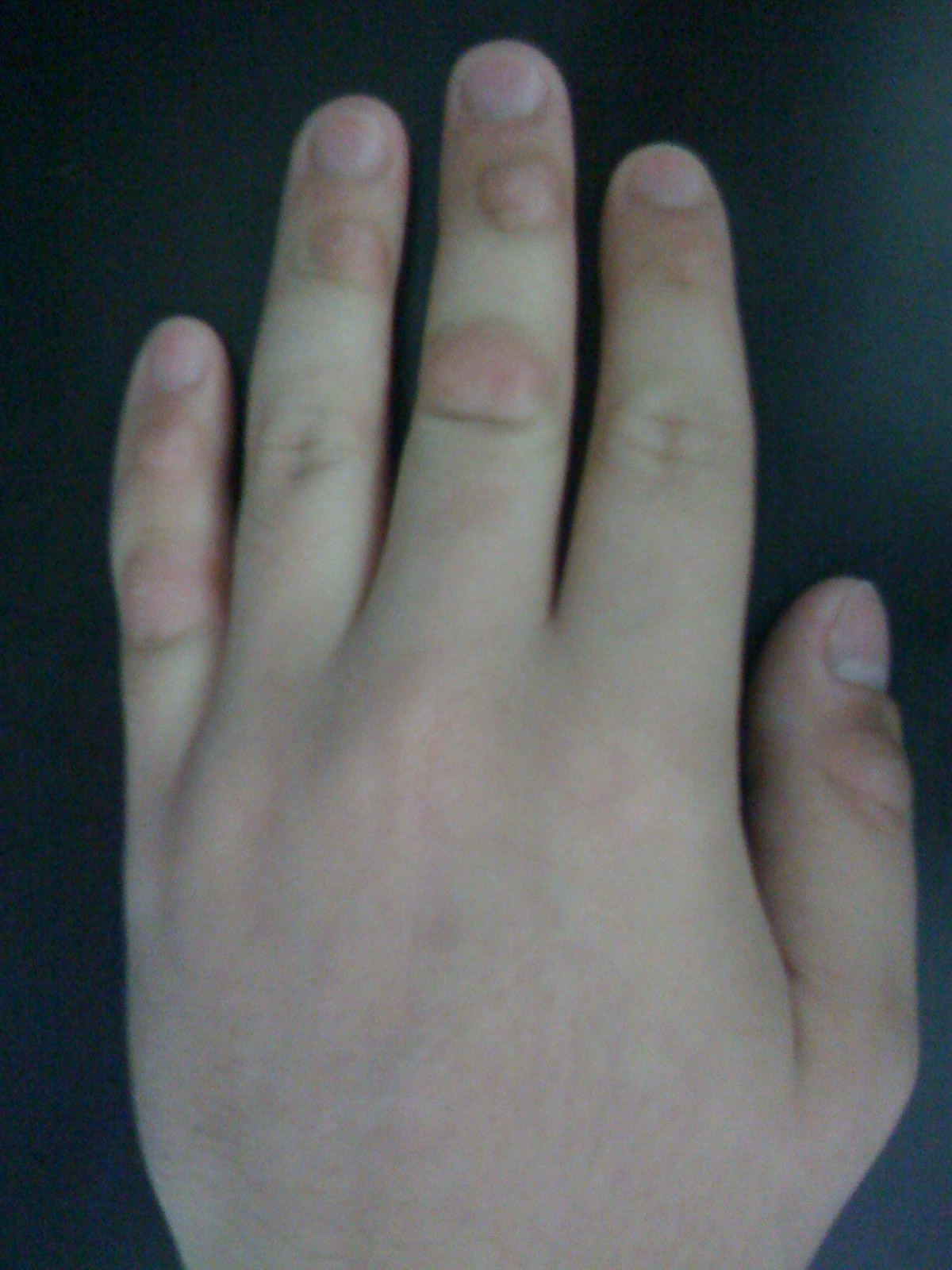Dermatillomania
|
WikiDoc Resources for Dermatillomania |
|
Articles |
|---|
|
Most recent articles on Dermatillomania Most cited articles on Dermatillomania |
|
Media |
|
Powerpoint slides on Dermatillomania |
|
Evidence Based Medicine |
|
Clinical Trials |
|
Ongoing Trials on Dermatillomania at Clinical Trials.gov Trial results on Dermatillomania Clinical Trials on Dermatillomania at Google
|
|
Guidelines / Policies / Govt |
|
US National Guidelines Clearinghouse on Dermatillomania NICE Guidance on Dermatillomania
|
|
Books |
|
News |
|
Commentary |
|
Definitions |
|
Patient Resources / Community |
|
Patient resources on Dermatillomania Discussion groups on Dermatillomania Patient Handouts on Dermatillomania Directions to Hospitals Treating Dermatillomania Risk calculators and risk factors for Dermatillomania
|
|
Healthcare Provider Resources |
|
Causes & Risk Factors for Dermatillomania |
|
Continuing Medical Education (CME) |
|
International |
|
|
|
Business |
|
Experimental / Informatics |
Editor-In-Chief: C. Michael Gibson, M.S., M.D. [1]
Please Take Over This Page and Apply to be Editor-In-Chief for this topic: There can be one or more than one Editor-In-Chief. You may also apply to be an Associate Editor-In-Chief of one of the subtopics below. Please mail us [2] to indicate your interest in serving either as an Editor-In-Chief of the entire topic or as an Associate Editor-In-Chief for a subtopic. Please be sure to attach your CV and or biographical sketch.
Dermatillomania (also known as compulsive skin picking or CSP) is an impulse control disorder and form of self-injury characterized by the repeated urge to pick at one's own skin, often to the extent that damage is caused. Dermatillomania may be related to body dysmorphic disorder (BDD).

Sufferers of dermatillomania find skin picking to be stress relieving or gratifying, though it can still be as physically painful as it would be for a non-skin picker.
Habits of dermatillomania sufferers
Episodes of skin picking are often preceded or accompanied by tension, anxiety, stress, or paranoia. During these moments, there is commonly a compulsive urge to pick, bite, or scratch at a surface or region of the body, often at the location of a perceived skin defect. Sufferers may experience relief from upsetting emotions by engaging in skin picking.

The regions most commonly affected by this are the face, back, scalp, stomach, chest, and extremities such as the hands, feet, and arms. Physical indicators of dermatillomania most commonly expressed in these areas are swelling, scarring, and callusing due to damage to the affected region's epidermis.
Aware of the damage they are inflicting, many sufferers feel and recognize a need to stop the behavior but are physically and mentally unable to do so without aid. Additionally, the behavior's addict-like characteristics are very similar to the expression of trichotillomania, or the compulsive pulling of hair from the body.
Many dermatillomania sufferers find that the disorder interferes with daily life. Plagued by shame, embarrassment, and humiliation, they may take measures to hide their disorder by not leaving the home, wearing long sleeves and pants in summer, or covering visible damage to skin with cosmetics and/or bandages. The disorder is typically found among females more than males.{
Causes and treatments
The inability to control the urge to pick is similar to trichotillomania.[1] Recent research suggests that, like trichotillomania, dermatillomania may be an impulse control disorder. This is part of the obsessive compulsive disorder spectrum.[2]
In some animal models, it has been shown that animals that who excessively pull their hairs have more endorphin receptors in their brain than animals who do not. Endorphin receptors enable endorphins to have an effect on the brain. If this is true for humans, people who are particularly compulsive about their repetitive habits may have more endorphin receptors in their brain as well. This may explain why sufferers get more enjoyment out of picking their scabs than others.
Few mental health practitioners have studied the disease, as many of these cases go unreported, but some individuals have found relief through cognitive-behavioral therapy. Hypnosis, self-hypnosis and meditation have also been useful for some patients. They are also sometimes prescribed medications, such as those prescribed for obsessive compulsive disorder. For example, artificial fingernails (acrylic or gel) have been found to be useful to some in stopping the picking behaviour.
See also
References
External links
- SPOM! Stop Picking on Me! Site for Compulsive Skin Pickers
- Los Angeles Body Dysmorphic Disorder & Body Image Clinic: Compulsive Skin Picking
- OCD Center of Los Angeles: Compulsive Skin Picking
- Dr. Grossbart: How to Stop Compulsive Skin Picking and Scratching
- Dermatillomania Support
- Dermatillomania Center - Information About Dermatillomania
- Facebook dermatillomania awareness group
de:Skin Picking Disorder nl:Dermatillomanie fi:Dermatillomania sv:Dermatillomani